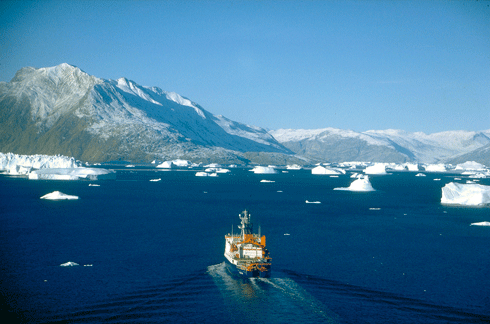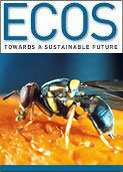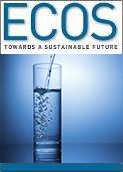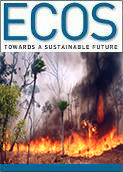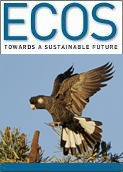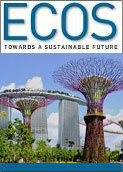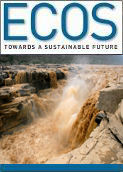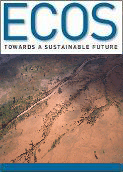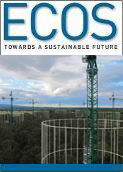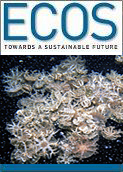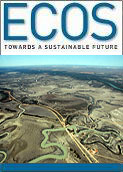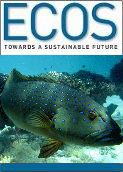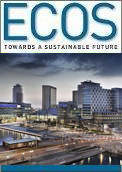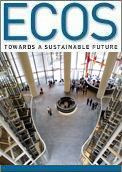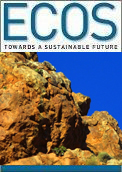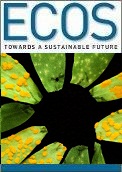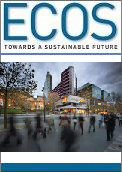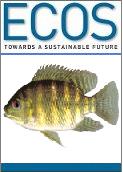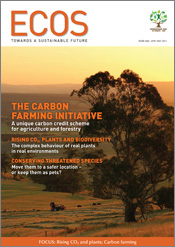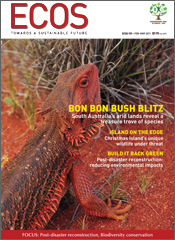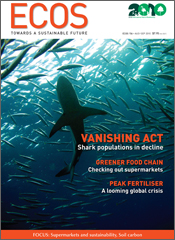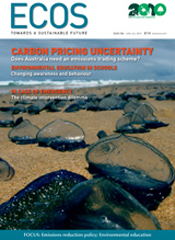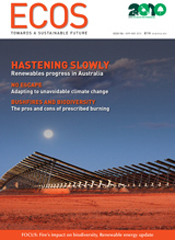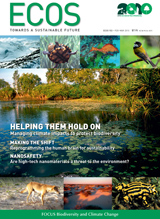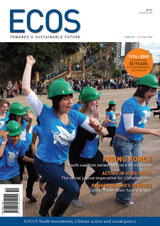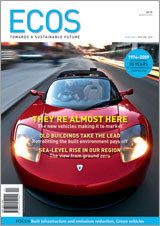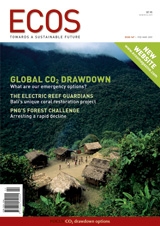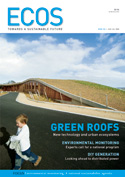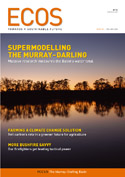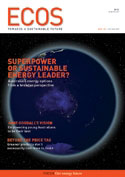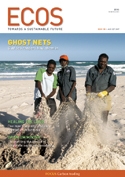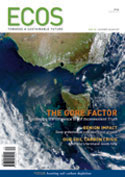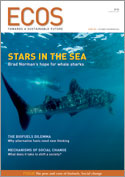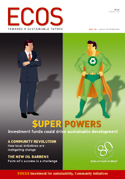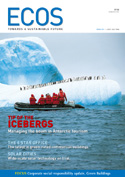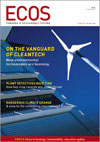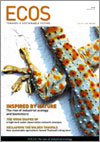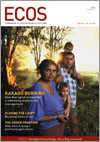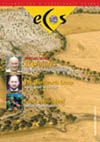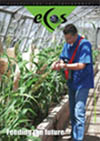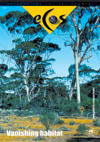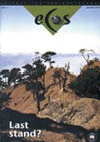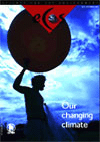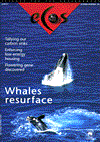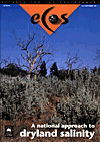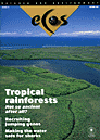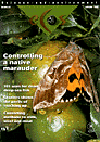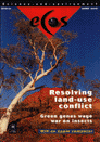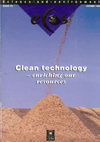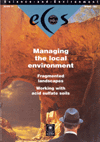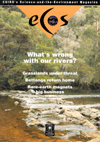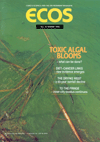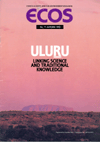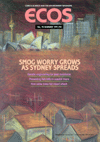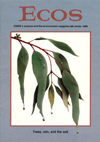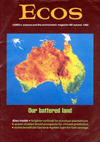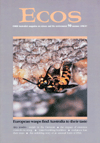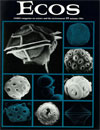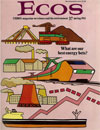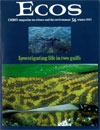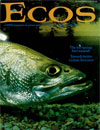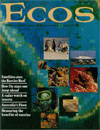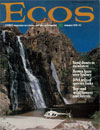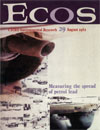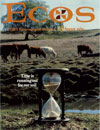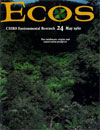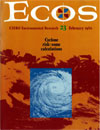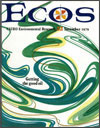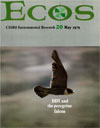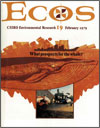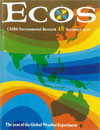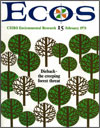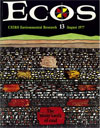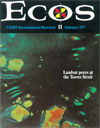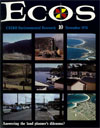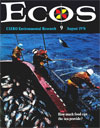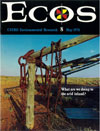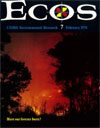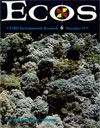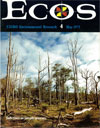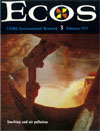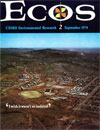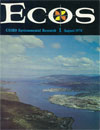Published:
In case of emergency: the climate intervention dilemma
Imagine if rising global temperatures caused the Asian monsoon to fail, or the Greenland ice sheet to rapidly disintegrate, threatening billions of people with hunger, starvation or the loss of homes, livelihoods or their entire country. The ability of communities and nations to adapt would be rapidly overwhelmed. Apart from direct impacts of global warming, other environmental thresholds might also be crossed, leading to even more rapid climate change. Faced with such a climate emergency, what could we do?

|
|
Solar radiation management is one of the two key types of climate intervention technology. Credit: NASA
|
The probability of such events occurring in the near future may be low, but the potential consequences are very serious.
International negotiations, such as the 2009 COP15 Copenhagen Accord, are yet to deliver the deep cuts required to significantly slow the rising rate of greenhouse gas emissions, increasing this risk. In light of this, should we be starting to think about such potential threats and develop informed strategies to deal with them?
The idea of compensating for the effects of anthropogenic changes on the climate system dates back more than 40 years. Today, scientific research in this domain is well under way, and commercial activities to address these strategies have commenced. As yet, however, there are no agreed guidelines on how this should occur.
The Asilomar International Conference on Climate Intervention Technologies, held in March on Monterey Peninsula, California, explored what kinds of protocols are needed for deliberate intervention in the Earth’s climate.1 Another landmark conference, held at the same venue in 1975, helped set research protocols for the emerging science of recombinant DNA. As with recombinant DNA, climate intervention technologies have far-reaching consequences and considerable risks and potential benefits.
The Asilomar conference was attended by 175 invited experts from 15 countries, representing fields as diverse as the natural sciences, engineering, social sciences, humanities and law. It was a step along the path to engaging the global community in debate about this emerging science, and recognising the globally shared potential consequences of both the experimentation and the implementation of such technologies.
Broadly, climate intervention technologies can be categorised into two main approaches: solar radiation management (SRM) and carbon dioxide removal (CDR). SRMs have the potential to act rapidly, and could thus be useful in the context of a climate emergency, but their impacts remain highly uncertain. Examples of SRMs include:
-
increasing the surface reflectance of the planet by
-
growing crops/vegetation of high reflectance
-
reflective painting of human-built structures
-
covering areas with reflective materials
-
introducing bubbles into ocean waters;
-
cloud albedo enhancement or cloud brightening;
-
injection of sulphate aerosols into the stratosphere; and
-
placing reflectors into space.
CDRs involve fewer risks and uncertainties, but would be much slower in addressing the consequences of global emissions of greenhouse gases. Examples of CDRs include:
-
changes in land-cover management, eg afforestation;
-
sequestration of plant residues into the ocean and soil;
-
biochar (charcoal formation with potential energy outputs) and burial for long-term sequestration;
-
ocean fertilisation, eg alkalinity-altering substances, iron or nitrogen;
-
engineered capture of carbon dioxide directly from the atmosphere; and
-
enhancement of natural weathering processes.
For many CDR technologies, the boundary between climate intervention and greenhouse gas mitigation is blurred. A more comprehensive review of current technologies and their implications for global policy can be found in the British Royal Society’s 2009 report, Geoengineering the climate.2
What are some of the key issues associated with climate intervention?
First and foremost, it is essential that this technology not be seen as an excuse to do very little about reducing emissions of greenhouse gases. Reducing our emissions remains the safest, cheapest and most predictable method of taking action to mitigate climate change. Indeed, this viewpoint was echoed by all participants at Asilomar, and was reflected in the conference statement.3
Secondly, for many climate intervention technologies, the impacts are likely to be spatially and temporally variable, with a reasonable likelihood of unintended consequences. We need to understand this issue from an Australian and Southern Hemisphere perspective to contribute to informed debate about deliberate intervention in the world’s climate. Maintaining and developing our research base in climate, atmospheric and oceanic sciences, and in the consequences of intervening in the global carbon cycle, is critical.
Although CDR technologies have fewer uncertainties than SRM approaches, many require storing captured carbon within the terrestrial and oceanic biosphere. The potential for unintended consequences is enormous.
We have already seen competition for land between biofuel and food crops. Enhanced ocean storage through fertilisation will potentially have far-reaching consequences for ocean acidification, biodiversity and fisheries. Turning the soil and vegetation into a dumping ground for carbon also has many potential dangers. While biochar may have benefits for some cropping soils, its value is by no means demonstrated universally; in non-cropping lands, there are a wide range of potential deleterious impacts on biodiversity, water availability and other land values.

|
|
Enhanced ocean fertilisation could also impact on marine biodiversity. Credit: istockphoto
|
Thirdly, what would be the trigger for intervening in the climate, and how would the global community and local communities handle the risks and trade-offs? Could we recognise a climate emergency before it was too late? Do the millions of species that share this planet have a voice? Who would make a decision as to what constitutes a climate emergency that justifies global action? Is it a matter of who is affected and where, and what global political power they have? How would we evaluate the trade-offs?
Any climate change that may result from intervention is likely to create winners and losers, with a spectrum of trade-offs ranging from small and local to huge and global. Even a relatively benign carbon dioxide removal technology, such as tree planting, raises issues of competition for land with other uses such as food and fibre production, water availability and biodiversity conservation. Schemes such as ocean fertilisation will occur in international waters, and potentially have far-reaching consequences over very long timescales.
Research will need to focus not just on the effectiveness of any such schemes in achieving their goals, but also on a wide range of trade-offs and risks, and on the governance of implementation.
Finally, there is a far broader question to answer. Imagine that we already had a safe technology to manipulate the planet’s climate. What should we aim for: the current or pre-industrial climate? As a species, we commit huge resources to heating and cooling our living spaces, and storing water in wet times or wet places to use in dry times.
Could we engineer a milder climate with evenly spread rainfall and benign temperatures? Would this only allow us to continue exploiting the world’s resources until we hit the next limiting factor? What about the millions of species with which we share the planet?
David Keith’s 2001 review of climate engineering raised a key question: should we be doing all we can to reduce our interference in natural systems, or should we be developing the science and practice of active planetary management?4 This is a decision not to be taken lightly, and reminds us that we are already living in a geo-engineered world.
Active climate intervention is becoming a global issue. It requires more research within an open collaborative environment to improve our knowledge and to provide adequate assessment of the viability, appropriateness, safety and ethics of such intervention.
As the driest inhabited continent, Australia is extremely exposed to climate change, and may be equally exposed should climate intervention go wrong. Therefore, we need a very well-informed opinion on all the potential benefits, side effects, trade-offs and risks, from the perspective of our own continent and of our neighbourhood – the Southern Hemisphere.
Clearly, the use of any active climate intervention is undesirable, and the efficacy of many technologies remains unknown. However, in the face of continuing growth of anthropogenic carbon emissions, the potential for a climate emergency moves ever closer.
1 Editor: Mountain ash forests are regarded as particularly fire-sensitive. In a paper published last year in the US journal, Proceedings of the National Academy of Sciences , a research team led by Australian ecologist Professor David Lindenmayer argued that the replacement of large areas of mature mountain ash with immature stands created through logging puts these forests at higher risk of ‘mega’ fires.
2 Editor: For example, in Victoria, one of the most bushfire-prone areas in the world, ‘inappropriate fire regimes causing disruption to sustainable ecosystem processes and resultant loss to biodiversity is listed as a potentially threatening process’ according to the state’s Flora and Fauna Guarantee Act 1988. See Department of Sustainability & Environment website.


